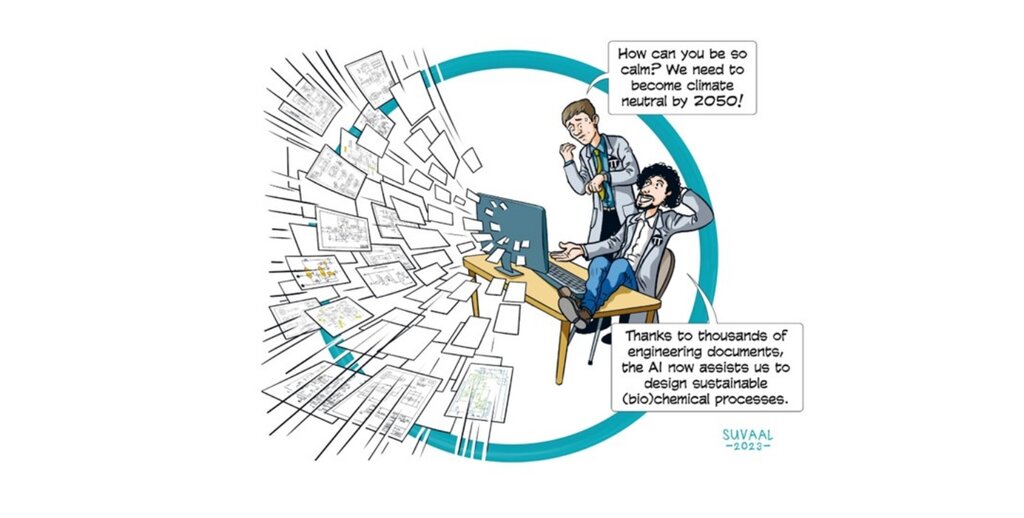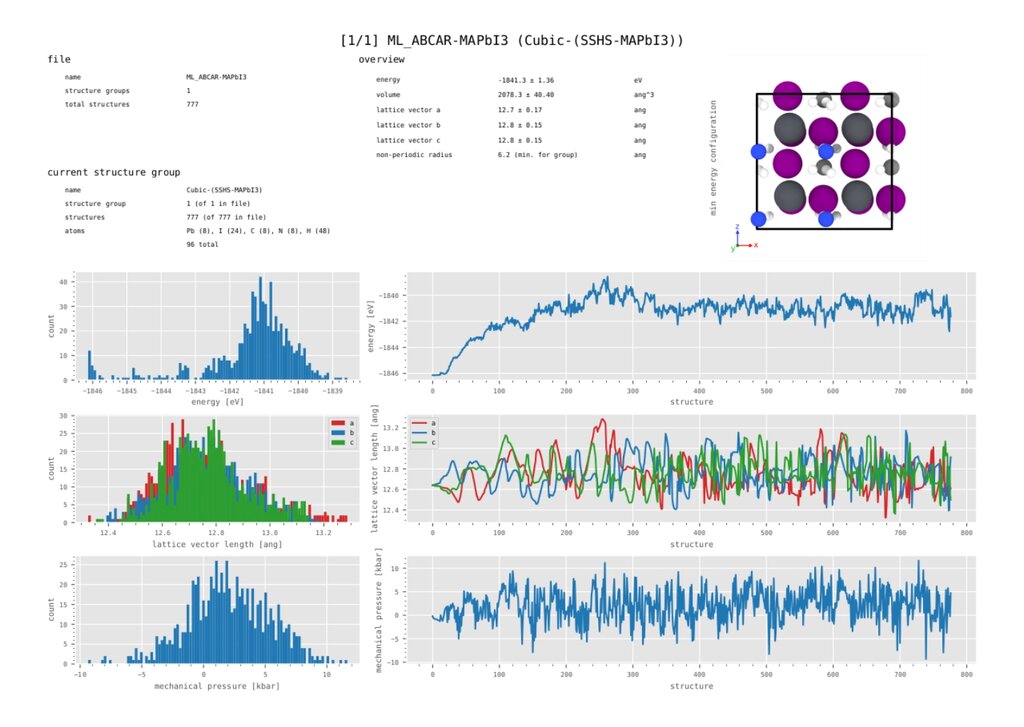FAIR Data Fund use cases
Following up on the successful edition of the FAIR Data Fund 2022, in 2023 we published several use cases to acknowledge and celebrate the work of the grantees as well as the great collaboration between them, member institutions, data stewards and members of our team.
Here are some snippets of the success stories:
Mining figures from scientific publications
The goal of the research is to make figures from peer-reviewed open-access scientific publications FAIR. Figures can be found in almost all scientific publications and comprise a lot of information. For example, graphs commonly show relevant correlations between measurements… However, this information is difficult to find. The team worked together to develop a software that can automatically extract figures from scientific publications and classify them. In the future, they can make them accessible to the scientific community via a FAIR data platform. “The FAIR DATA Fund has helped us significantly by co-financing a student assistant and an external software developer. This helped us to further develop the algorithms and improve robustness and quality of our code.”- says Artur Schweidtmann (University of Delft), member of the project team.

Creating a cockpit-like overview of large materials simulation databases
This project places the scientist in the ‘cockpit’ of a database of materials simulated at the atomic scale. These databases are so richly filled with information that it is difficult to assess its contents. The team generated an overview of the most important physical properties in the database and their distributions. It enables a quick executive decision – to use, extend or discard this database for new simulations. “The FAIR DATA Fund made it possible to bring a concept program to the level that it can be used by the scientific community. It gave a talented physics student the chance to further develop himself as a scientific software engineer. Without the FAIR DATA Fund the program would most likely have only been internally used. We hope that this project will inspire a further standardisation of the high-level description of electronic structure databases!” says Menno Bokdam (University of Twente), member of the project team.
